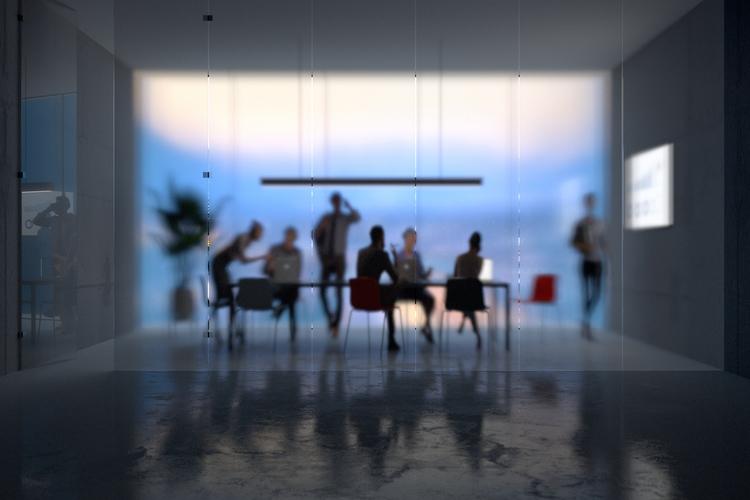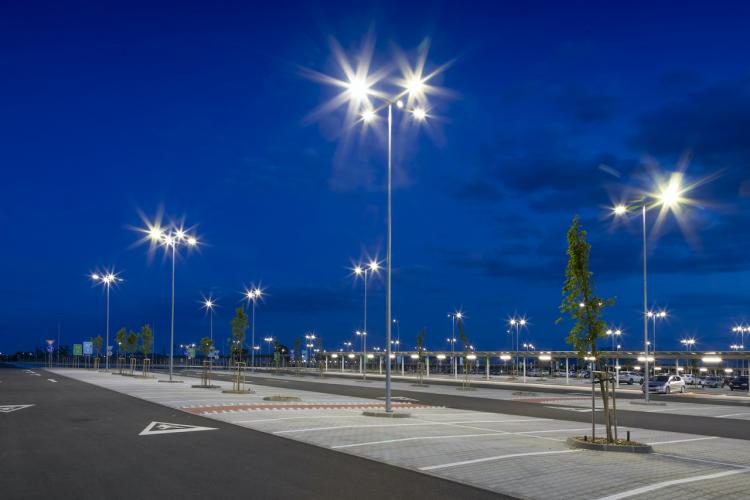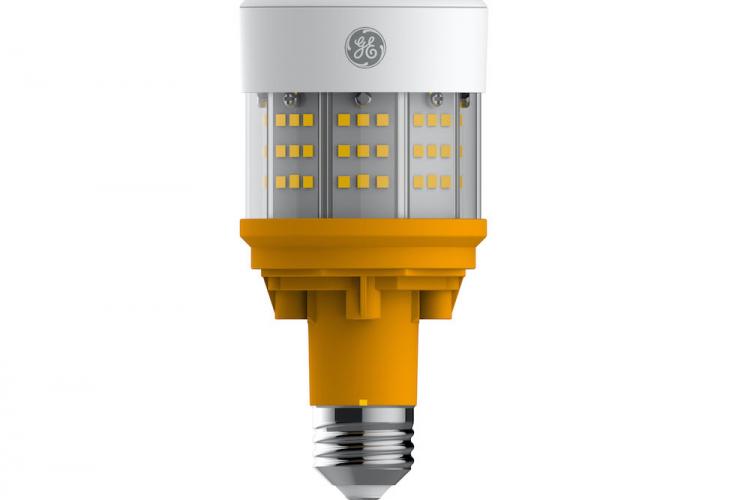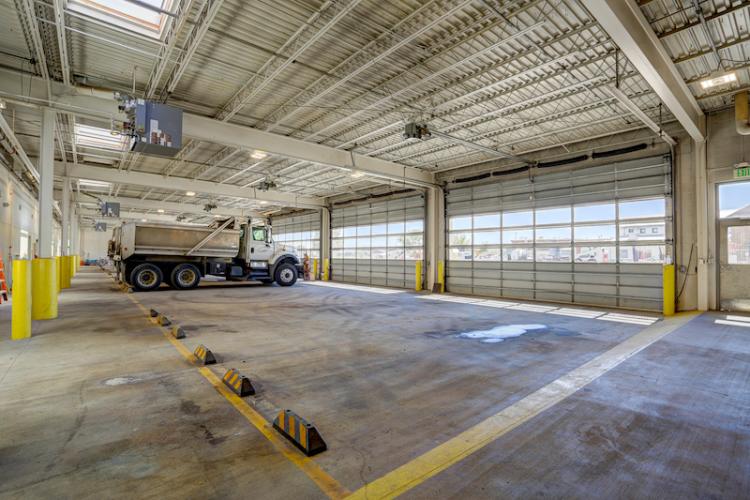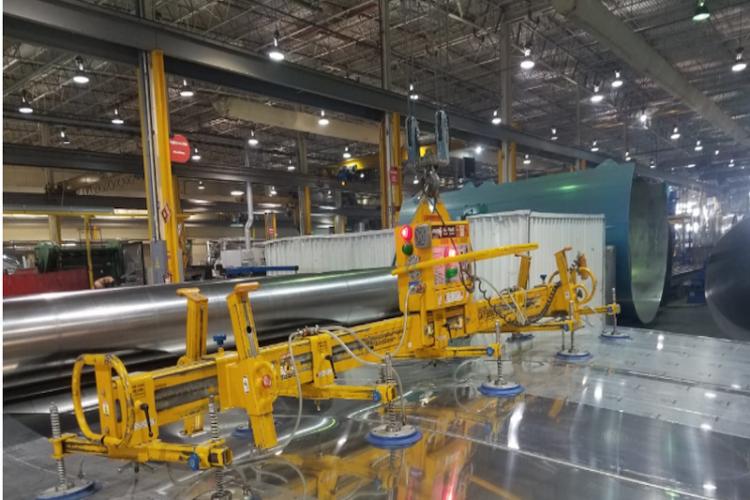United Stationers Converts and Customizes Office Lighting for Great Savings
United Stationers Converts and Customizes Office Lighting for Great Savings
THE OPPORTUNITY
United Stationers is a leading North American wholesale distributor of business products, which is committed to innovative, environmentally responsible resource management. With 60 facilities, they are also able to have a significant impact in the communities they serve.
In pursuit of active sustainability for their businesses, United Stationers has conducted several energy-reduction projects together with the Sacramento Municipal Utility District (SMUD). So, when SMUD approached the company about a research project that would examine the savings potential of combining office LED fixtures with advanced wireless controls, United Stationers was on board almost instantly.
“We have longstanding relationships with some great people at SMUD,” says Ted Pinnow, Maintenance Manager for United Stationers’ Sacramento facility. “Simply put, when SMUD spoke, we listened.”
THE SOLUTION
Pinnow said choosing the Daintree™ solution from Current, to manage the new lighting plan was easy. “There were several players that we looked at, but I liked the people at Current. It was like I’d known them for 20 years. I trusted them and believed in the value of Current.”
United Stationers also settled on high-performance Cree® LED fixtures, while premier contractors Collins Electrical Company handled the retrofit project management and installation.
The new lighting design took the needs of each work area into account, including scheduled hours of occupancy, availability of natural light, specialized task lighting needs, and more. The solution included several strategic changes.
Current manages the new lighting with a simple-to-install-and-manage wireless smart building control system that offers additional savings while improving employee productivity and overall comfort. Common areas are divided into lighting zones, defined both by proximity and activity:
In addition, every fixture in the new system is individually wirelessly enabled. This gives United Stationers an exceptional level of flexibility in its lighting use.
Because the new lighting would affect the working environment of virtually every staff member in the Sacramento office, United Stationers approached its introduction carefully. “Communication was the key,” explains Pinnow. “We posted all of the proposed changes months in advance. We did a small room to begin with, then had the staff walk through and see what they thought.”
By enlisting the support of employees from the outset, United Stationers not only gained buy-in from its staff, but it also built excitement. “We needed their involvement to make this right,” says Pinnow. “A project like this can work out fine financially, but if the folks hate the end result, you’ve failed miserably.”
Employees were obviously aware of progress as new fixtures and controls came into their work areas. “Installation truly was painless,” says Pinnow. “And this was a retrofit.” For Dave Bisbee of SMUD, the United Stationers project was not his first experience with such installations. He says, “Especially when you’re doing maintenance on an occupied space, the control system tends to have a significant lag between when it’s installed, and when it actually works. Current did an exceptional job. They used the conference room as a hub to get all of the control infrastructure in place—routers, internet connection, all of that. That drastically reduced the time before workers showed up to a fully functioning system and added to their enthusiasm.”
THE RESULTS
Dramatic Energy Savings
When a new system yields savings of 94% in monthly lighting costs, skeptics might be inclined to assume that everyone is now working in the dark. As Bisbee explains, nothing could be further from the truth. “The kind of work being done in office environments has changed, especially over the past decade. We’re seeing more open space, lower cubicle walls. More people are working on backlit screens, handling less paper. No doubt there is growing diversity of lighting preferences in our workspace, with many still needing high light levels to meet their work needs. With the majority of people, we’re seeing them turning lights down. They do it naturally.”
Higher Staff Satisfaction
Nearly half of the Sacramento facility’s lighting is now controlled by staff members using personal remote dimmers. Spot checks indicate that their lighting preferences vary widely, from a low of just 6 foot candles to a high of 33 foot candles. But the ability to control their own workspace has been embraced universally. Says Bisbee, “Typical old school lighting was a three-lamp fixture. You could run one, two, or three lamps, or turn them all off. The wall switch affected the entire workspace. You might compromise, but nobody won. One of the great benefits for having this level of control is that people who work in cubicle environments have much greater satisfaction when they can control the light over their heads.”
Out of the Box Controls
By deploying Daintree, United Stationers now has a floor plan view of their space, accessible through the internet, that allows them to see the status of their lighting facility-wide. They can check and change the set points of each fixture with a simple point-and-click, see which lights are functioning, set maximum outputs, and track energy consumption, all from a central console.
Bisbee says, “Historically, the only interaction companies have had with their lighting was a wall switch and a bill. Control was a black box. What we’re hoping is that these kinds of control systems will be a game changer for how companies think about and interact with lighting, which is a big part of how they use energy.”
Green Initiatives for Business Benefits
United Stationers has certainly proved the benefits. The results have been noted by corporate officers and engineering staff, and Pinnow sees rising interest in expanding the project to other facilities. “I recommend the system, absolutely,” Pinnow declares. “Honestly, I’ll take it a step further and say, for new construction situations, I think we’re irresponsible if we don’t look at this option.” SMUD has also been impressed with the results at United Stationers.
Bisbee reports, “Lesson learned: if you take the time to really design for the space, you end up with fewer fixtures, lower wattages per square foot, and higher user satisfaction as well.” Pinnow adds, “The fact is, going green and being sustainable is great, but the bottom line is if you do it right, you can combine sound business practices with doing the right thing for the environment.”
Want to see how you can make your environment intelligent?
Contact us to get the conversation started.


